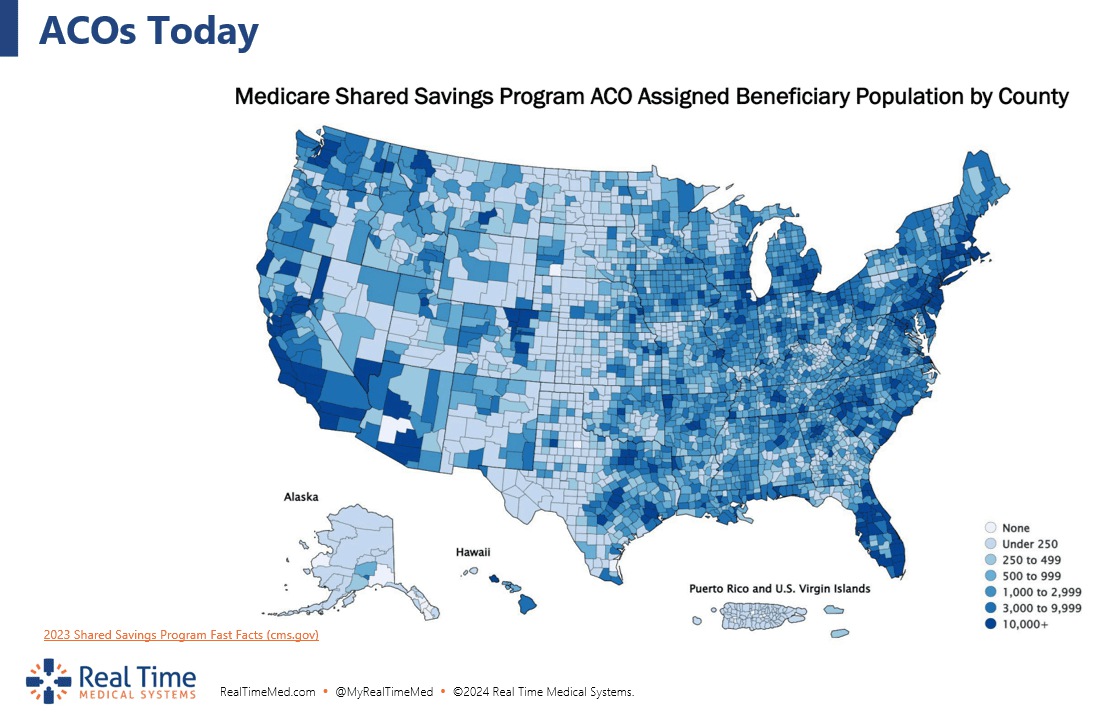
@ShahidNShah


We all know that CMS is pushing hard towards value-based care. They’re goal is to have 100% of Medicare beneficiaries in a value-based care arrangement by 2030. We see a number of ACO approaches that make up these efforts, along with Medicare Advantage plans. While there are a lot of nuances to their approaches to value-based care, at the core of each of them, is the technology that allows healthcare organizations to make value- based care a reality.Another thing we’ve learned over the years, is that it’s generally not possible to address value-based care alone. You have to leverage a network of providers to address the health of the populations you serve, and it takes technology to allow these organizations to connect and collaborate. Otherwise, you’re not going to drive the savings needed to be successful.
With a few exceptions, most value-based care arrangements pay the doctor or acute care organization – not the SNF. However, the actions the SNF takes often impacts your value-based care efforts as much as anything else. It is time that ACOs and other acute care providers share some of the savings they achieve thanks to their post-acute care partners. Plus, SNFs need to embrace these partnerships as well, since doing so can save them the manual efforts for things like regulatory reporting. The data that ACOs need is often the same information that has to be reported to regulatory bodies. Furthermore, a SNF that’s providing the highest quality, low cost care is going to drive more volume to their organization from the referring facilities.
Continue reading at healthcareittoday.com
From Alexa speakers to Apple watches, robotic or ‘smart’ devices connected to the Internet of Things (IoT) are now ubiquitous among consumers. The healthcare market is no exception. The global …
Connecting innovation decision makers to authoritative information, institutions, people and insights.
Medigy accurately delivers healthcare and technology information, news and insight from around the world.
Medigy surfaces the world's best crowdsourced health tech offerings with social interactions and peer reviews.
© 2025 Netspective Foundation, Inc. All Rights Reserved.
Built on Mar 28, 2025 at 1:45pm